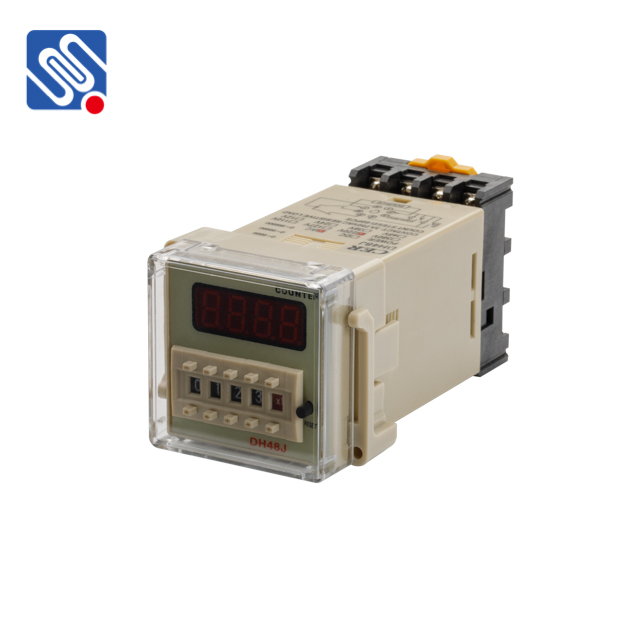Relays are essential components in modern electrical and electronic systems. They act as electromechanical switches that allow a low-power circuit to control a high-power circuit. One critical aspect of relays is the relay voltage, which plays a fundamental role in their functionality and performance. In this article, we will explore what relay voltage is, the different types of relay voltage, and its importance in practical applications.

What is Relay Voltage? Relay voltage refers to the electrical voltage applied to the coil of a relay to activate or deactivate it. A relay consists of a coil, a set of contacts, and an armature that is controlled by the magnetic field generated when current flows through the coil. When the relay’s coil is energized by a specific voltage, it generates a magnetic field that moves the armature, causing the contacts to either close or open, thus controlling the flow of electricity in another circuit. The voltage required to operate the relay depends on the design of the relay and the components it is made from. In general, the voltage applied to the coil is essential for the proper switching of the relay. A relay is usually specified with a particular rated voltage for the coil, and if the applied voltage differs from this value, it may cause the relay to malfunction or fail to operate.
Leave a Reply